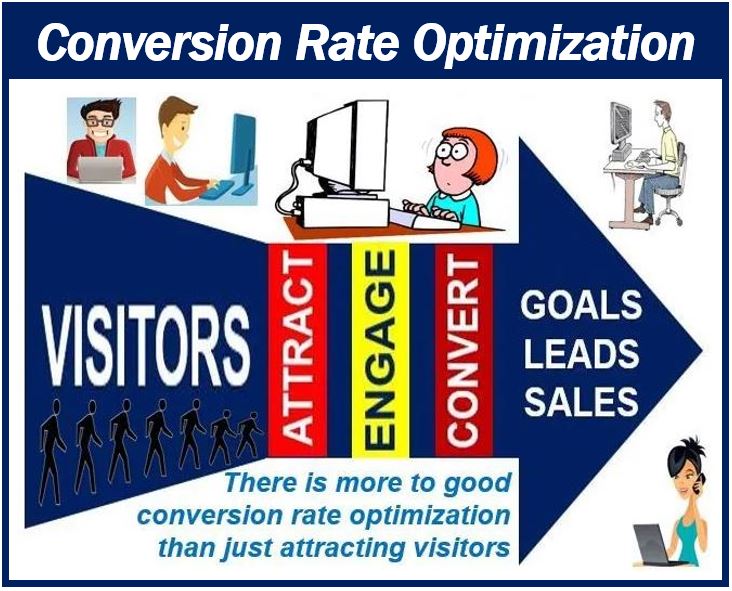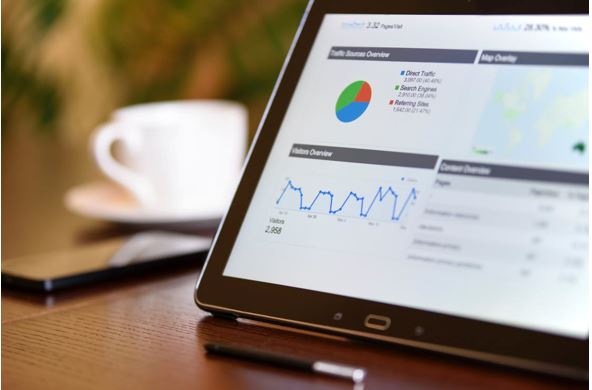
Generating leads is an essential part of doing business, especially in a B2B environment. Leads arise when an organisation or individual expresses interest in the product or service in question, which might be demonstrated by them handing over contact details so they can be contacted to learn more.
There is much debate surrounding the exact definition of a lead, and the strength of each lead will vary depending on where it falls in the purchase cycle. Some leads may be generated by someone who has neither the authority nor the resources to make a purchase at this stage but have expressed an interest. These types of leads are at the top of the funnel.
At the other end of the funnel are sales-ready leads – the people or organisations behind these leads have not only expressed an interest, but that interest has been followed up, confirmed and readied for action. Enhancing the funnel and driving more leads through to completed sales results in more sales and higher levels of online engagement.

B2B Lead Forms
B2B lead forms are one of the simplest ways of gathering the information required to generate leads that can be converted into sales. Lead generation forms often consist of contact forms to gain the details of a potential customer that businesses can then utilise to help make a sale. However, most people agree that these types of lead web forms can often be too long, taking too much time to fill out, which can result in loss of leads or loss of sales.
Companies need to try and avoid complicated and intimidating lead forms to lower the risk of losing potential clients at the ‘final step’.
Many soft leads, who have a vague interest in the product or service but are not yet at the stage where they are seriously looking to buy, will turn away from forms that require upwards of six or seven entries. However, those same leads will probably be happy to fill in a short lead form that just requires their email address.
While an email address by itself is not a sales-ready lead, once the additional information has been extracted by the software, the sales team have everything they need to follow up, making the tool convenient for businesses.
Lead Nurturing
To increase conversion rates, companies need to do more than simply generate leads and push sales. Lead nurturing gently coaxes each lead generated through each stage of the purchase process, weeding out those that have no interest and focusing efforts on those that are most likely to result in conversion. Research suggests the average prospect receives ten marketing touches from brand awareness to purchase.
Personalising those touches using a mixture of content types can result in higher conversion rates, as leads who begin to feel a connection with the brand are more likely to ultimately buy. Targeted, multi-channel content that entertains, informs and intrigues the audience widens the net and allows the most qualified leads to be identified through their engagement with that content.

Lead Scoring
An effective lead scoring system facilitates the automated ranking of potential leads through assigning each one a numerical value based on the data gathered about the subject during lead capture. This will include a combination of firmographics information, including the size of the company, the role and department of the contact and the perceived value that company could bring, alongside action data, derived from activity such as social media shares, email engagement, downloads and browsing behaviour.
This numerical value can be used to rank potential leads and determine which should be passed over to the sales team. While many companies initially see a drop in lead volume after implementing lead scoring, they ultimately find their conversion rate increasing in line with the increased number of qualified leads
Incentivisation
Providing incentives that go over and above the advantages and shows what the potential new client can expect from the product or service for sale may just tip the balance in favour of a purchase. Everyone likes to think they are getting something for nothing, so providing certain promising leads with personalised incentives can swing the pendulum in the right direction.
These incentives do not have to be huge, but they do need to be attractive to the specific lead. Incentives could include time-sensitive discounts to encourage quick purchasing decisions, or a personalised free gift for the individual making the decision. It also never hurts to push the natural incentives of purchasing the product or service that their business will gain, such as increased ROI. Asking positive, leading questions such as “when would you like to increase revenue?” reminds them that your product could help them make more money.

Spending too much time on leads that will never convert and not enough on encouraging those that might is one of the biggest mistakes many businesses make. Implementing a few new strategies can help improve the quality of the leads generated as well as the quantity.
Interesting related article: “What does Conversion Rate mean?”

